-
main-collection-product-grid
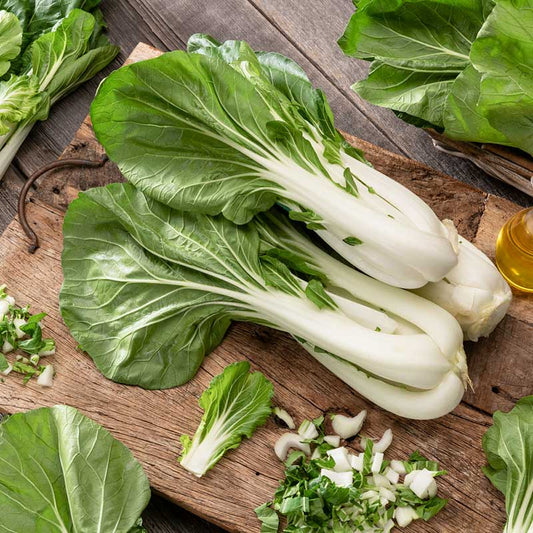
Chinese Cabbage Seeds - Pak Choy White Stem
Tender Chinese cabbage also known as Bok ChoyChinese Cabbage Seeds - Pak Choy White Stem
Tender Chinese cabbage also known as Bok ChoyRegular price As Low As $4.99Regular priceUnit price per -
main-collection-product-grid
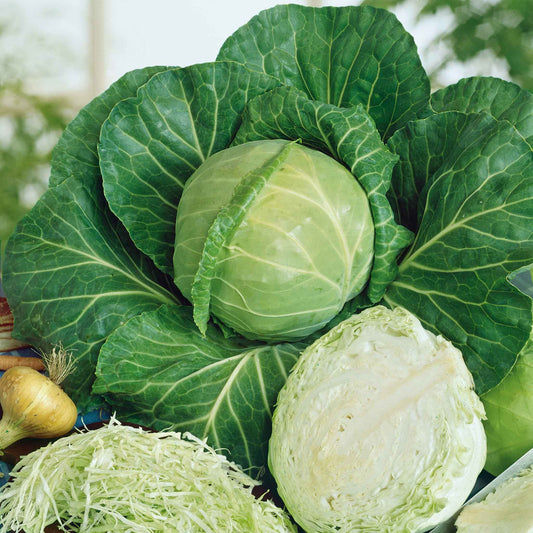
Cabbage Seeds - Golden Acre
Fast growing and shade tolerantCabbage Seeds - Golden Acre
Fast growing and shade tolerantRegular price As Low As $4.99Regular priceUnit price per -
main-collection-product-grid
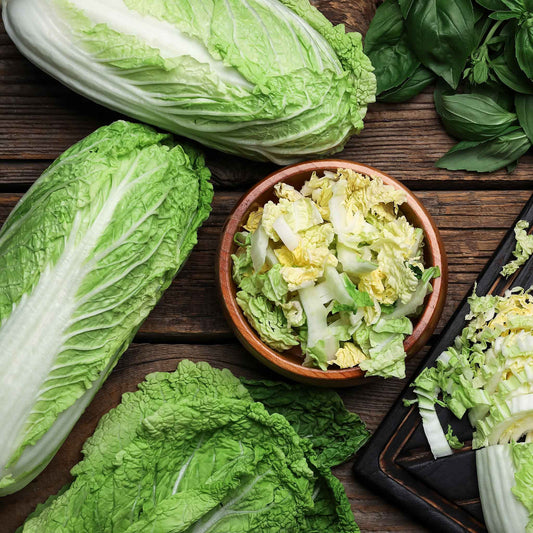
Chinese Cabbage Seeds - Michihili
Heirloom Chinese cabbage boasting a sweet, crisp and spicy flavorChinese Cabbage Seeds - Michihili
Heirloom Chinese cabbage boasting a sweet, crisp and spicy flavorRegular price As Low As $4.99Regular priceUnit price per -
main-collection-product-grid
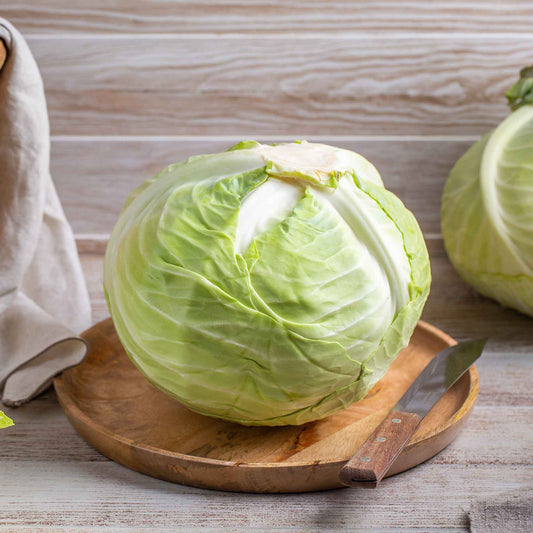
Cabbage Seeds - Brunswick
Drumhead cabbage perfect for sauerkraut and coleslawCabbage Seeds - Brunswick
Drumhead cabbage perfect for sauerkraut and coleslawRegular price As Low As $4.99Regular priceUnit price per -
main-collection-product-grid
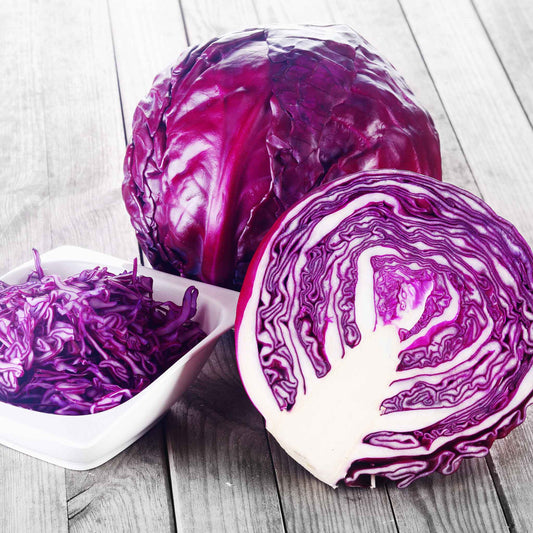
Cabbage Seeds - Red Acre
Delicately sweet with an entrancing purple colorSaleCabbage Seeds - Red Acre
Delicately sweet with an entrancing purple colorRegular price As Low As $4.99Regular priceUnit price per$26.99Sale price As Low As $4.99Sale -
main-collection-product-grid
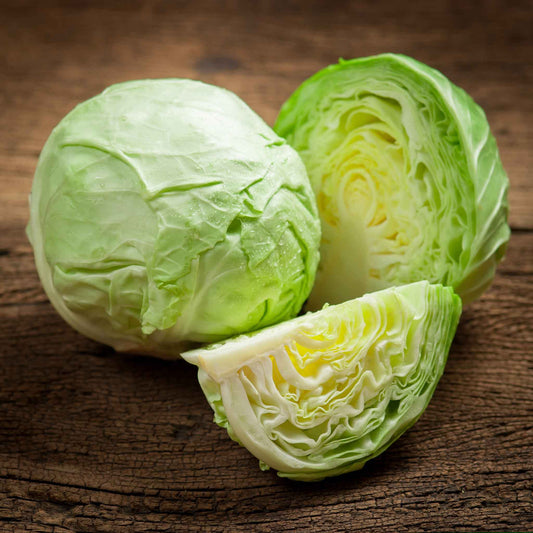
Cabbage Seeds - All Seasons
Suitable for spring, summer and fall gardensCabbage Seeds - All Seasons
Suitable for spring, summer and fall gardensRegular price As Low As $4.99Regular priceUnit price per -
main-collection-product-grid
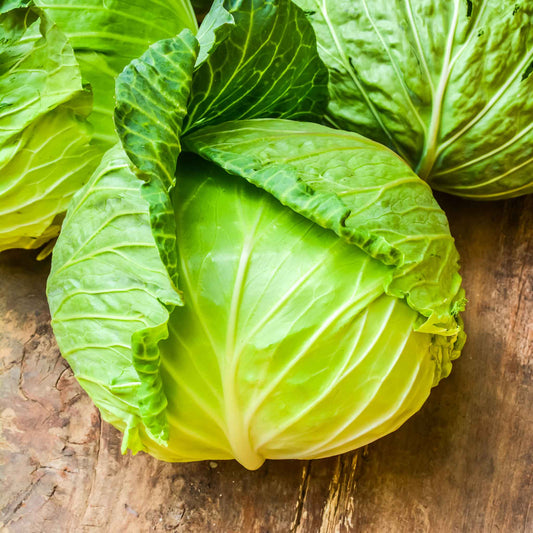
Cabbage Seeds - Copenhagen Market
Heads up to four pounds, known for their sweet flavorCabbage Seeds - Copenhagen Market
Heads up to four pounds, known for their sweet flavorRegular price As Low As $4.99Regular priceUnit price per -
main-collection-product-grid
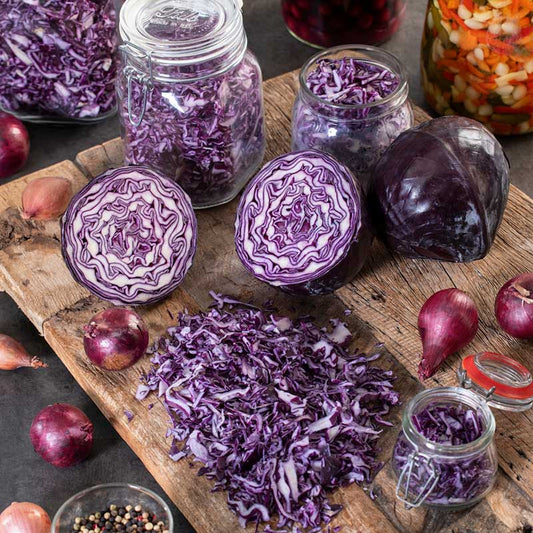
Cabbage Seeds - Red Express
Early red cabbage suitable to Northern climatesCabbage Seeds - Red Express
Early red cabbage suitable to Northern climatesRegular price As Low As $4.99Regular priceUnit price per -
main-collection-product-grid
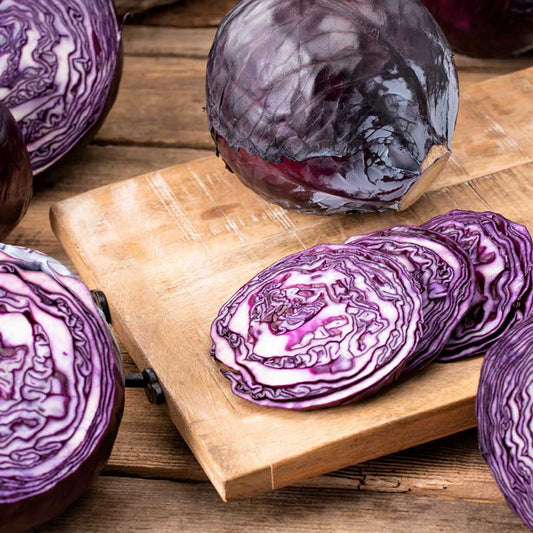
Cabbage Seeds (Organic) - Red Acre
Purplish color proves rich in vitamins and antioxidantsCabbage Seeds (Organic) - Red Acre
Purplish color proves rich in vitamins and antioxidantsRegular price $6.99Regular priceUnit price per -
main-collection-product-grid
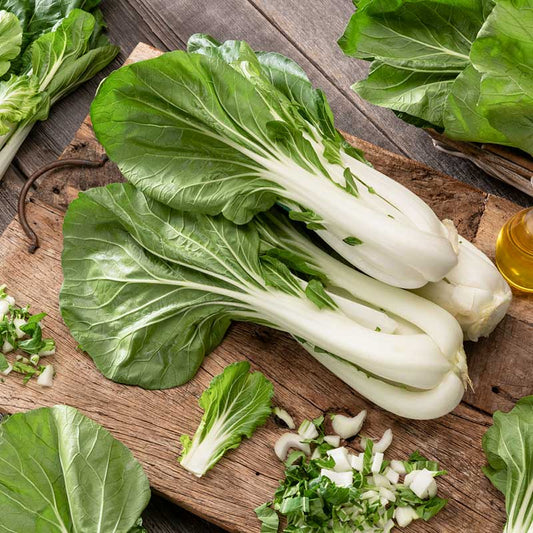
Cabbage Seeds (Organic) - Pak Choy White Stem
Also known as Bok Choy, cold tolerant with a mild peppery flavorCabbage Seeds (Organic) - Pak Choy White Stem
Also known as Bok Choy, cold tolerant with a mild peppery flavorRegular price $6.99Regular priceUnit price per -
main-collection-product-grid
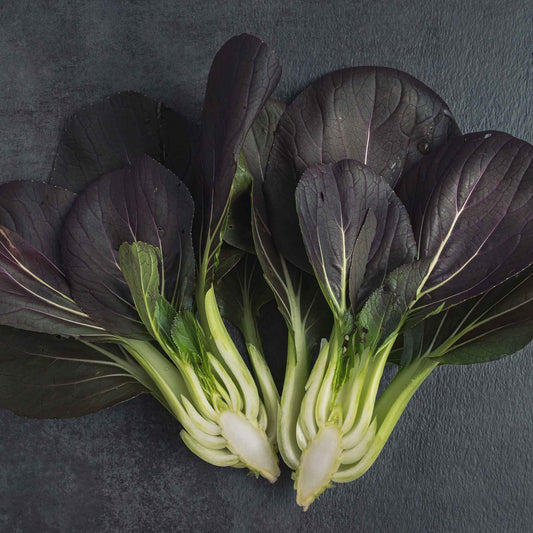
Chinese Cabbage Seeds - Pak Choy Red Inferno
Packed with vitamins and minerals in slightly sharper and more mustard-like vibrant red leavesChinese Cabbage Seeds - Pak Choy Red Inferno
Packed with vitamins and minerals in slightly sharper and more mustard-like vibrant red leavesRegular price $4.99Regular priceUnit price per -
main-collection-product-grid
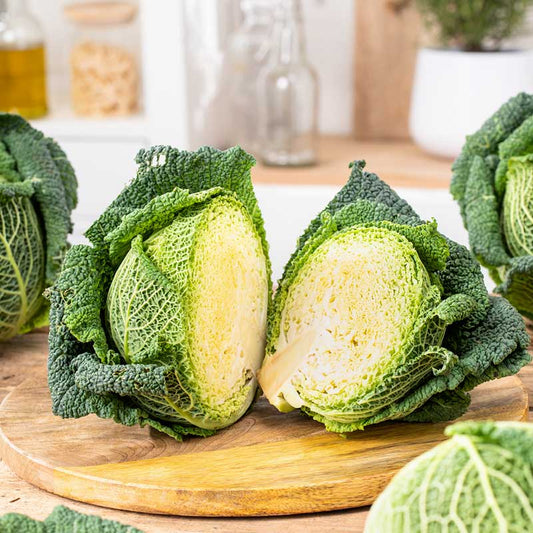
Cabbage Seeds - Savoy
Deeply ribbed with its unique look and dark green colorCabbage Seeds - Savoy
Deeply ribbed with its unique look and dark green colorRegular price As Low As $4.99Regular priceUnit price per -
main-collection-product-grid
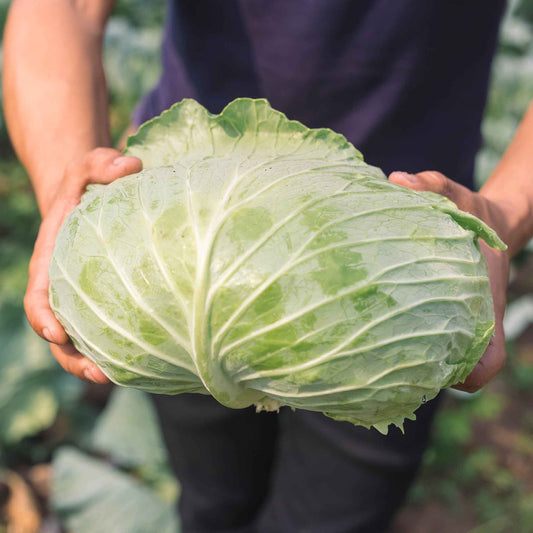
Cabbage Seeds - Late Flat Dutch
Sweet yet slow growing, matures in early winterCabbage Seeds - Late Flat Dutch
Sweet yet slow growing, matures in early winterRegular price As Low As $4.99Regular priceUnit price per -
main-collection-product-grid
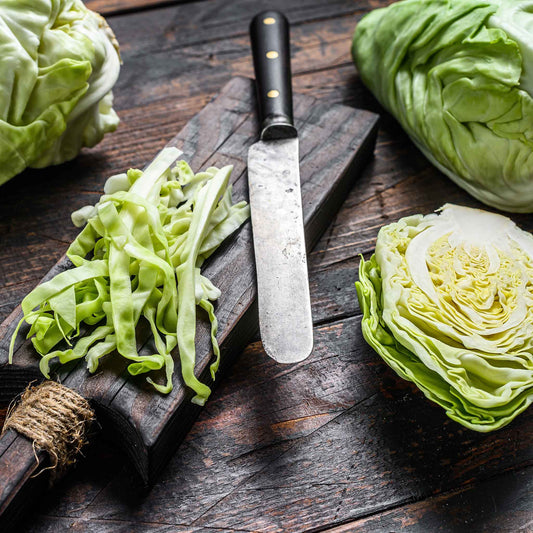
Cabbage Seeds - Charleston Wakefield
Up to six pound cabbage heads grown in almost all US zonesCabbage Seeds - Charleston Wakefield
Up to six pound cabbage heads grown in almost all US zonesRegular price As Low As $4.99Regular priceUnit price per
Planting the best cabbage seeds
- 14 cabbage seed varieties
- High in vitamins K, A and C
- Easy to grow
- Closely related to broccoli and cauliflower
what we love about cabbage seeds
Dependable, nutritious, and delicious raw or cooked, both green and red cabbage are among the most productive cool-season crops. Easy to grow from seed, gardeners can grow two cabbage crops per year, as they do well in the spring and again in the fall. All varieties of cabbage that we offer are at their best in late fall, which will sweeten slightly with a touch of light frost.
Most of us are selective as to which cabbage to grow in our gardens, as large solid heads take more space than some crops but repay work with hefty, nourishing results. Among the more popular varieties of our green cabbage seeds are Eden Brothers' Charleston Wakefield Cabbage Seeds and Copenhagen Market Cabbage Seeds. Or give our Red Acre Cabbage Seeds a try—it provides higher levels of vitamins A and C than other types of cabbage and its bright color is always beautiful in the garden and on the plate.
grow your own cabbage
Cabbage seeds should be started inside around six to eight weeks before the last spring frost. Place the seeds somewhere with full sun or under a grow light if necessary. The optimum soil temperature for planting cabbages is 60 to 65°F. Plant three to four seeds about 1/4 inch deep. When seedlings reach about three to four inches tall, or when there are two to three weeks left before the last expected spring frost, harden off and transplant outdoors with about 24 inches in between plants. Choose a planting site with plenty of sunlight and well-draining, friable soil. Cabbage plants require about two inches of water per week. Harvest cabbages after about 70 days or when the heads reach the desired size and are firm. Cut cabbage at its base with a sharp knife and remove any yellow leaves, immediately placing them indoors or in the shade.
cooking with cabbage
This leafy plant is grown for its dense-leaved heads and is often used in a variety of culinary ways. Cabbage can be pickled, fermented, steamed, stewed, sautéed, braised, or eaten raw.
For more information about planting, growing, and caring for cabbage seeds, see the Cabbage Seeds Planting Guide.













